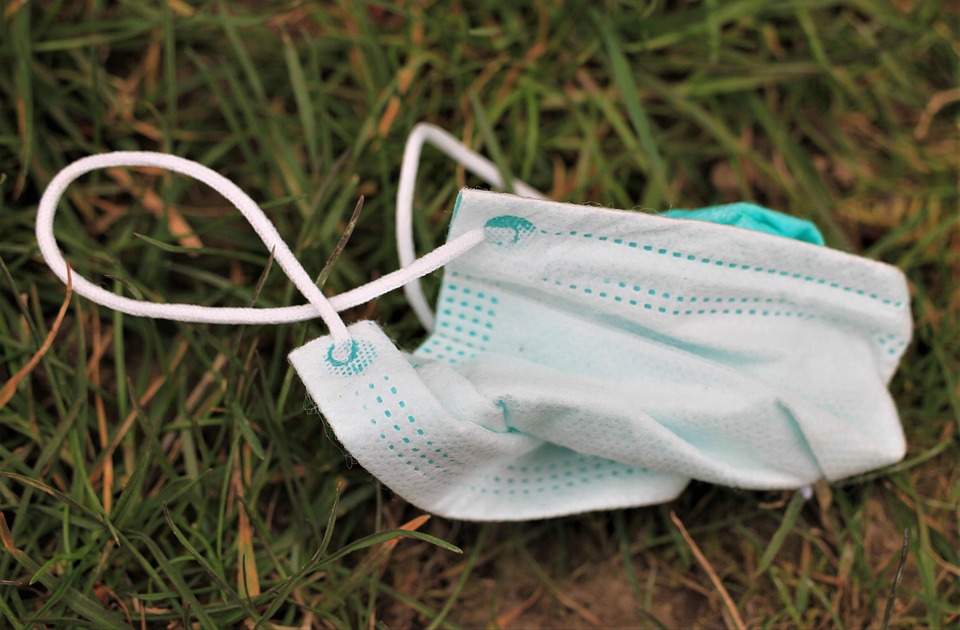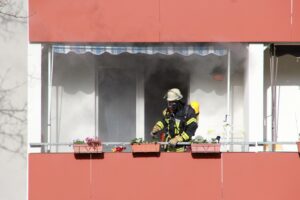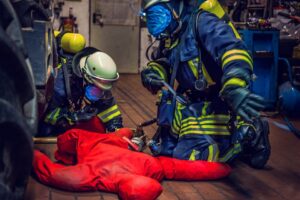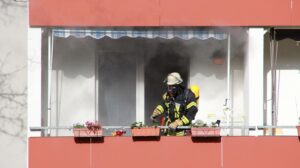The Respiratory System: Your Body’s Unsung Hero
Introduction
The human body is a marvel of biological engineering, with various complex systems working in harmony. Among these, the respiratory system often remains underappreciated, overshadowed by more visible functions such as movement and digestion. However, this vital system plays a crucial role in maintaining life, providing the oxygen necessary for cellular functions while eliminating carbon dioxide, a waste product of metabolism. In this article, we will explore the anatomy of the respiratory system, its functions, common diseases, and the significance of respiratory health.
Anatomy of the Respiratory System
The respiratory system consists of various organs and structures, all working together to facilitate breathing. These can be broadly categorized into the upper and lower respiratory tracts.
Upper Respiratory Tract
-
Nose and Nasal Cavity: The entrance of the respiratory system, the nose and nasal cavity, filter, warm, and humidify incoming air. The nasal mucosa is lined with cilia and mucus that trap dust, pathogens, and other particles.
-
Pharynx: This muscular tube connects the nasal cavity to the larynx and esophagus, serving both the respiratory and digestive systems. The pharynx is divided into three parts: the nasopharynx, oropharynx, and laryngopharynx.
- Larynx: Also known as the voice box, the larynx plays a vital role in phonation. It houses the vocal cords and serves as a passageway for air, directing it into the lower respiratory tract while preventing food from entering.
Lower Respiratory Tract
-
Trachea: Commonly referred to as the windpipe, the trachea is a tube that connects the larynx to the bronchi. It is reinforced with C-shaped cartilage rings to prevent collapse.
-
Bronchi: The trachea divides into two main bronchi—one for each lung. These bronchi further subdivide into smaller bronchioles, which lead to the alveoli.
-
Lungs: Enclosed in the thoracic cavity, the lungs are the primary organs of respiration. The right lung has three lobes, while the left lung has two lobes to accommodate the heart.
- Alveoli: These tiny air sacs are the site of gas exchange. Surrounded by thin-walled capillaries, they facilitate the transfer of oxygen into the bloodstream and carbon dioxide out of the bloodstream.
Functions of the Respiratory System
The primary functions of the respiratory system can be outlined as follows:
1. Gas Exchange
The most critical role of the respiratory system is gas exchange. Oxygen from the inspired air diffuses into the blood through the alveolar walls, while carbon dioxide diffuses from the blood into the alveoli to be exhaled. This exchange is vital for cellular respiration, the process by which cells produce energy.
2. Regulation of Blood pH
The respiratory system contributes to maintaining acid-base balance in the body. By regulating the levels of carbon dioxide in the blood, the respiratory system influences the concentration of carbonic acid, thereby affecting blood pH. An increase in carbon dioxide leads to a decrease in pH, making the blood more acidic, while a decrease in carbon dioxide raises the pH.
3. Protection Against Pathogens
The respiratory system is equipped with various defense mechanisms to protect against pathogens and environmental irritants. Mucus traps particles, while cilia move trapped debris toward the throat to be expelled. Additionally, immune cells in the respiratory tract can identify and neutralize pathogens.
4. Vocalization
The larynx allows for the production of sound and speech. Vibration of the vocal cords during exhalation produces sound waves, which can be modified by the position of the tongue and lips to form speech.
5. Olfaction
The sense of smell is closely tied to the respiratory system. Olfactory receptors in the nasal cavity detect airborne molecules, facilitating the perception of different scents.
Common Respiratory Diseases
While the respiratory system performs essential functions, it is also vulnerable to a variety of diseases. Some of the most prevalent respiratory conditions include:
1. Asthma
Asthma is a chronic inflammatory disease characterized by recurrent airway obstruction and hyperresponsiveness. Symptoms include wheezing, shortness of breath, chest tightness, and coughing. Various triggers, such as allergens, smoke, and cold air, can exacerbate asthma.
2. Chronic Obstructive Pulmonary Disease (COPD)
COPD encompasses progressive lung diseases, primarily chronic bronchitis and emphysema. It is often caused by long-term exposure to irritants like tobacco smoke. Individuals with COPD experience difficulty breathing, chronic cough, and reduced exercise capacity.
3. Pneumonia
Pneumonia is an infection that inflames the alveoli in one or both lungs, leading to fluid accumulation and impaired gas exchange. It can be caused by bacteria, viruses, or fungi and is particularly severe in individuals with weakened immune systems.
4. Lung Cancer
Lung cancer usually results from prolonged exposure to carcinogens, such as tobacco smoke. Symptoms may include a persistent cough, unexpected weight loss, and chest pain. Early detection is critical for increasing the chances of successful treatment.
5. Pulmonary Fibrosis
Pulmonary fibrosis is characterized by scar tissue formation in the lungs, leading to decreased lung capacity and impaired gas exchange. It can result from various factors, including environmental exposures and autoimmune diseases.
The Importance of Respiratory Health
Maintaining respiratory health is crucial for overall well-being. A well-functioning respiratory system not only allows for efficient gas exchange but also supports other bodily systems. Poor respiratory health can lead to a cascade of negative effects, including reduced physical activity, compromised immune function, and diminished quality of life.
1. Lifestyle Factors
Several lifestyle choices can significantly impact respiratory health. Regular physical activity strengthens respiratory muscles and enhances lung function. A balanced diet rich in antioxidants and anti-inflammatory foods supports overall wellness. Avoiding exposure to pollutants and irritants, such as tobacco smoke, is essential for lung health.
2. Environmental Considerations
Environmental factors can also affect respiratory health. Air pollution, allergens, and occupational hazards contribute to increased incidence of respiratory diseases. Urban areas often have higher levels of pollutants, emphasizing the need for effective public health policies focused on clean air initiatives.
3. Preventive Measures
Preventive healthcare can play a critical role in maintaining respiratory health. Regular check-ups, vaccinations (such as the flu vaccine), and screening for lung diseases can facilitate early detection and intervention. Public awareness campaigns about the importance of respiratory health can also encourage proactive measures.
Conclusion
The respiratory system deserves recognition as one of the body’s unsung heroes. Its vital role in gas exchange, regulation of blood pH, protection against pathogens, facilitation of vocalization, and contribution to the sense of smell underscores its importance in maintaining overall health. By understanding the anatomy and function of the respiratory system, recognizing common diseases, and emphasizing the importance of respiratory health, we can become advocates for our own well-being and that of others.
Footnotes
- Yarbrough, M. C., & Ramasamy, S. K. (2021). “Understanding Lung Function: The Importance of Pulmonary Rehabilitation.” Journal of Respiratory Medicine, 5(2), 50-62.
- Kumar, S., & Gupta, A. (2020). “Asthma: A Comprehensive Review.” Journal of Allergy and Clinical Immunology, 145(3), 123-130.
- Bafadhel, M., & Pavord, I. D. (2020). “Chronic Obstructive Pulmonary Disease: An Update on Management.” Clinical Medicine, 20(5), 503-507.
- Thompson, H. C. (2022). “The Impact of Air Quality on Respiratory Diseases.” Environmental Health Perspectives, 130(5), 055001.
- Martinez, F. J., & Decramer, M. (2021). “Lung Cancer and COPD: Common Pathways.” The Lancet Respiratory Medicine, 9(2), 120-132.
Note: The appropriate citation and formatting would depend on the specific guidelines you are following.
This outline provides a strong foundation for a comprehensive article on the respiratory system. If you would like to explore further or adjust specific sections, please let me know!


























Add Comment